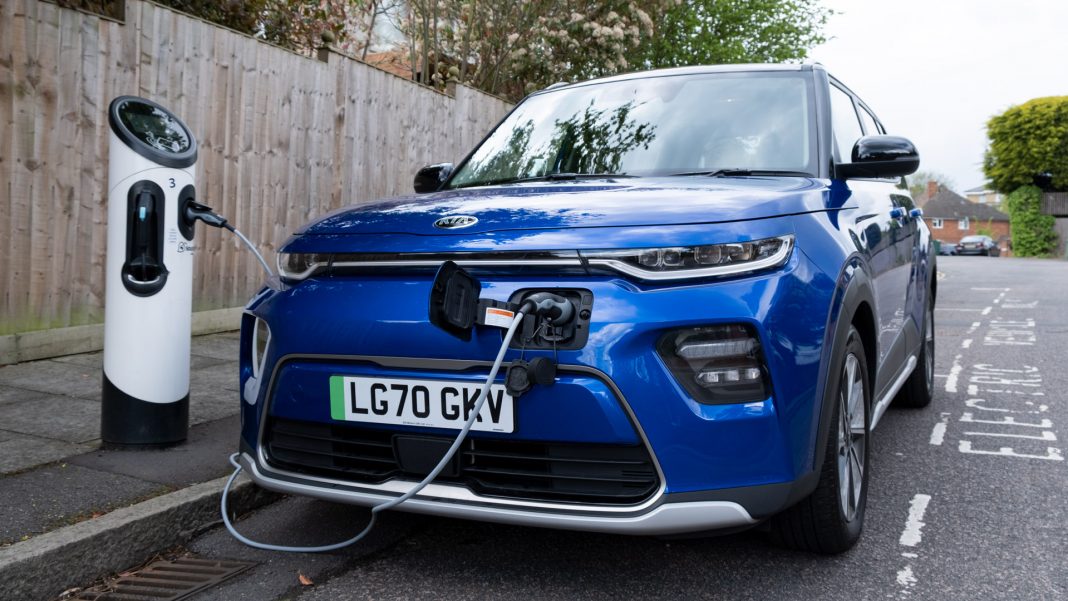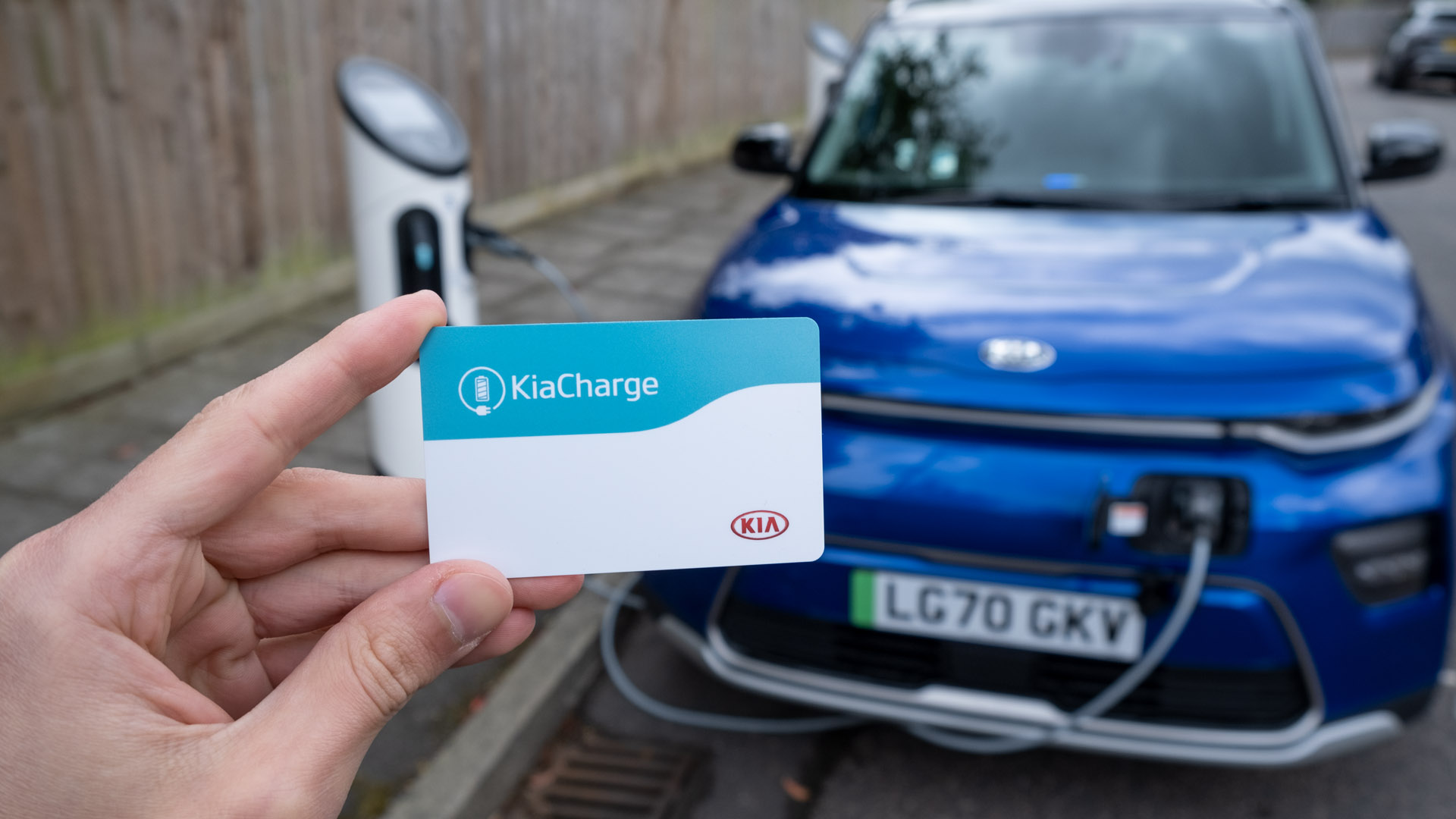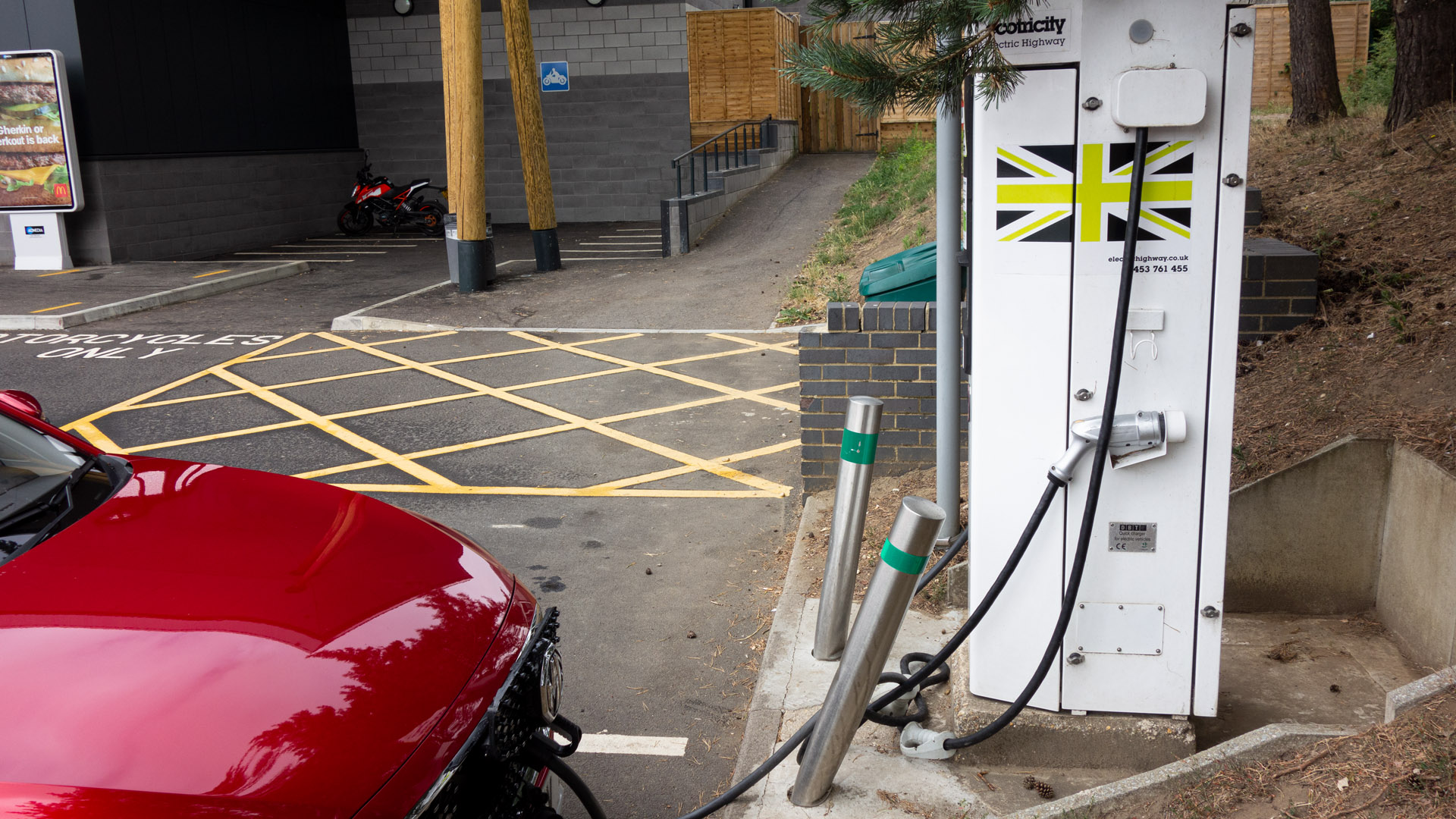Electric vehicles (EVs) are becoming more popular amongst consumers and commercial fleet operators. Local authorities, manufacturers, estate managers, and businesses are now searching for innovative ways to meet the growth in demand for EVs and the charging infrastructure that supports them.
Before the UK can consider the mass rollout of personal EVs or manage the transition of company fleets to all-electric, the necessary charging infrastructure must be in place – or else range anxiety risks hindering the successful uptake of sustainable vehicles.
TotallyEV reached out to Geoff McGrath, Managing Director of data innovation company, CKDelta. CKDelta has released a report – Predictive Analytics: Powering an Electric Vehicle Revolution – in partnership with British renewable energy company, Good Energy and ista Energy to explore how live, dynamic data can facilitate the mass rollout of charge point networks across the UK and Europe.
Read next: Smart data can help solve the challenge of EV infrastructure
What is predictive analytics technology?
The main functional application of predictive analytics technology is the identification of patterns and/or trends found in large data sets to help understand future risk and opportunity. One of its key assets is that it can help develop data systems that are able to embed intelligence through cost-efficient sensors and open communications platforms. Combined with adaptive intelligence, this means everyone from developers through to local authorities and service providers can share real-time charge point data openly and efficiently.
Read next: Skoda Enyaq iV review: The Volkswagen ID.4 alternative
How can predictive analytics technology drive the mass rollout of EV charge point infrastructure?
The analysis of mobility data can inform the decision-making processes around charge point installation. Mobility data can indicate key commuter routes in towns and cities and help to pinpoint which areas are likely to experience a quicker EV uptake before the network is embedded. For example, assessing movement data on the M1 between Leeds and London (broken down by modal split) can equip estate managers and forecourt operators with the knowledge required to confidently install an adequate number of charge points at service stations to support all users of EVs and deliver a positive ROI.
Utilising predictive analytics with mobility data can also help forecast local and regional EV demand based on the popularity of existing charge point infrastructure. Analysis of the uptake of commercial fleet and personal EV vehicles has shown for instance, that Leeds, Watford, Glasgow, Slough and Guildford are the top five locations in UK for overall demand for EVs. Enhanced visibility can support local authorities in specifically targeting the rollout of new charge point infrastructure and offer a nationwide picture of aggregated patterns of wider consumer behaviour – providing insight into how demographic trends can be utilised to keep EVs accessible for all.
Read next: The best dash cams to mount inside your vehicle
How can predictive analytics be used to deliver a sustainable rollout of EV charge points?
Predictive analytics can be used from inception through to completion to qualify the use of proposed installation locations – reviewing vicinity, availability of charging, customer and population demographics and local network constraints. This insight provides companies such as ista Energy (co-author of the report) with supporting information that can underpin risks associated with investments, helping to ensure that each new installation can deliver a return on investment for the charge point operator and landowners.
Predictive analytics can also provide us with concrete information on energy profiling at sites from a network of smart meters which could be installed to support the ongoing monitoring and optimisation of new charge point installations. These meters can be utilized to harness data which, when used alongside other renewable and energy programmes, can support consumers in their pursuit of sustainable energy choices.
Read next: Algorithms can accelerate adoption of electric vehicles
How can predictive analytics empower consumers to make sustainable choices and keep EV charge points accessible?
We have seen encouraging signs of strong demand as EVs and PHEVs (Plug-In Hybrid Vehicles) have entered the mass market. However, we know that to reach our shared target to phase out the sale of fossil fuel-powered vehicles by 2030, consumers must be equipped with the necessary confidence to understand and quantify the potential risks and benefits associated with EV deployment. Real-time data combined with predictive analytics can mitigate this risk by helping to ensure that EV charge points are accessible, and the risks of significant network enhancement costs are kept low.
Enabling Distribution Network Operators (DNOs) to monitor Low Voltage (LV) network capacity will also help to ensure that we can keep pace with the rising electricity demand caused by the rollout of charge points.
The rollout of EV infrastructure is not the panacea to our climate woes but it is a step in the right direction. We have an opportunity to set the global standard on the EV rollout. By making use of data, we can demonstrate our commitment to targeted development, ensuring that we develop equitably, fairly, and sustainably.
Do you think smart data can help accelerate EV adoption? Let us know in the comments section below or on social media; we’re on: YouTube, Instagram, Facebook, Twitter and LinkedIn.








